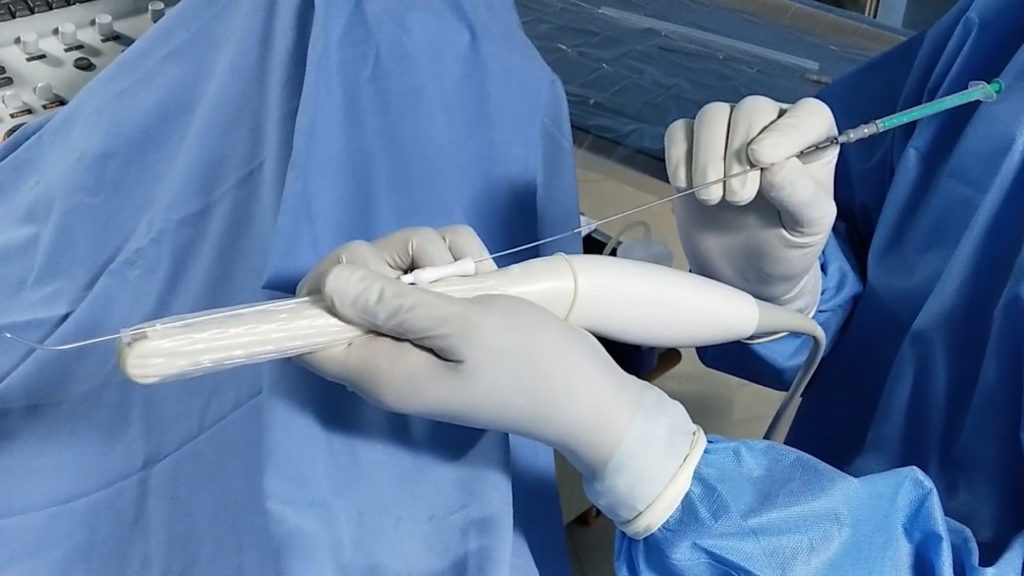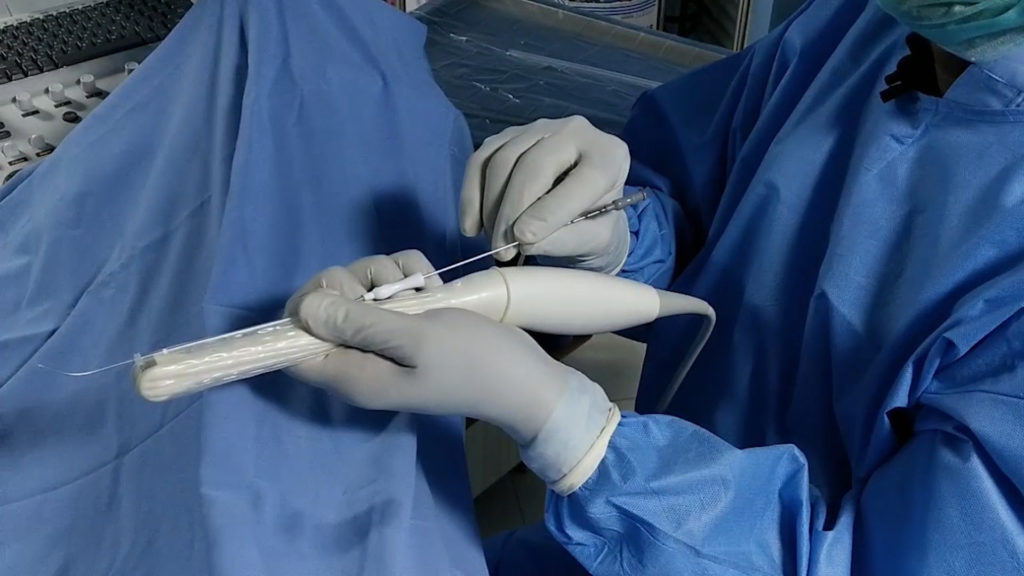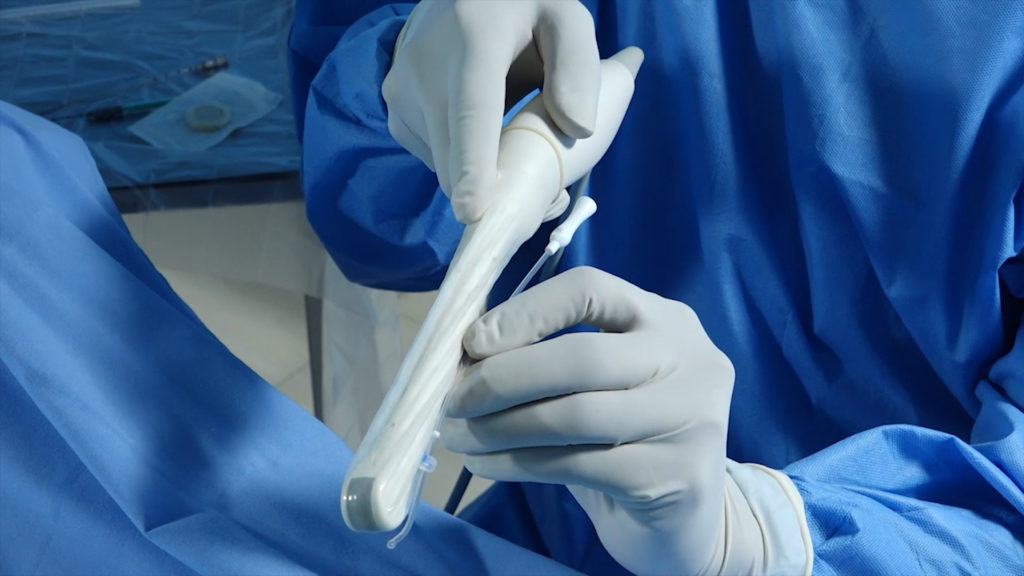Ultrasound Guided Embryo Transfer
Traditionally, embryo transfer has been performed using tactile senses and judgment to determine when the transfer catheter is in the correct position, this being referred to as ‘clinical touch’. Alternatively, ultrasound imaging can be used to guide the placement of the catheter during embryo transfer. Visualization of the catheter during insertion can help the operator to align it with the curvature of the uterus, ensure the embryos are deposited in a favorable position within the endometrial cavity, and to check the position of air bubbles after embryo transfer.
Transvaginal ultrasound-guided ET yielded similar success rates compared with the TA ultrasound-guided procedure without requiring the assistance of a sonographer.
Transvaginal ultrasound-guided ET yielded similar success rates compared with the TA ultrasound-guided procedure without requiring the assistance of a sonographer. It was associated with increased patient comfort due to the absence of bladder distension. A significant improvement in implantation rate was observed following the use of ultrasound guidance during embryo transfer. Another possibility is the evaluation of the cervix and uterus for planning catheter placement; this can be accomplished by measuring the length from the external os to the fundus by ultrasound. This technique is called uterine-length measurement before embryo transfer. The extent of improvement in the pregnancy rate may depend on the specific techniques and methods of embryo transfer used in individual centers.
Transvaginal ultrasound-guided embryo transfer is done at Krishna IVF Clinic. This technique requires special skills and expertise. Many reproductive specialists from all over India come for the preceptorship program to see and learn this technique from Dr. G A Rama Raju.



